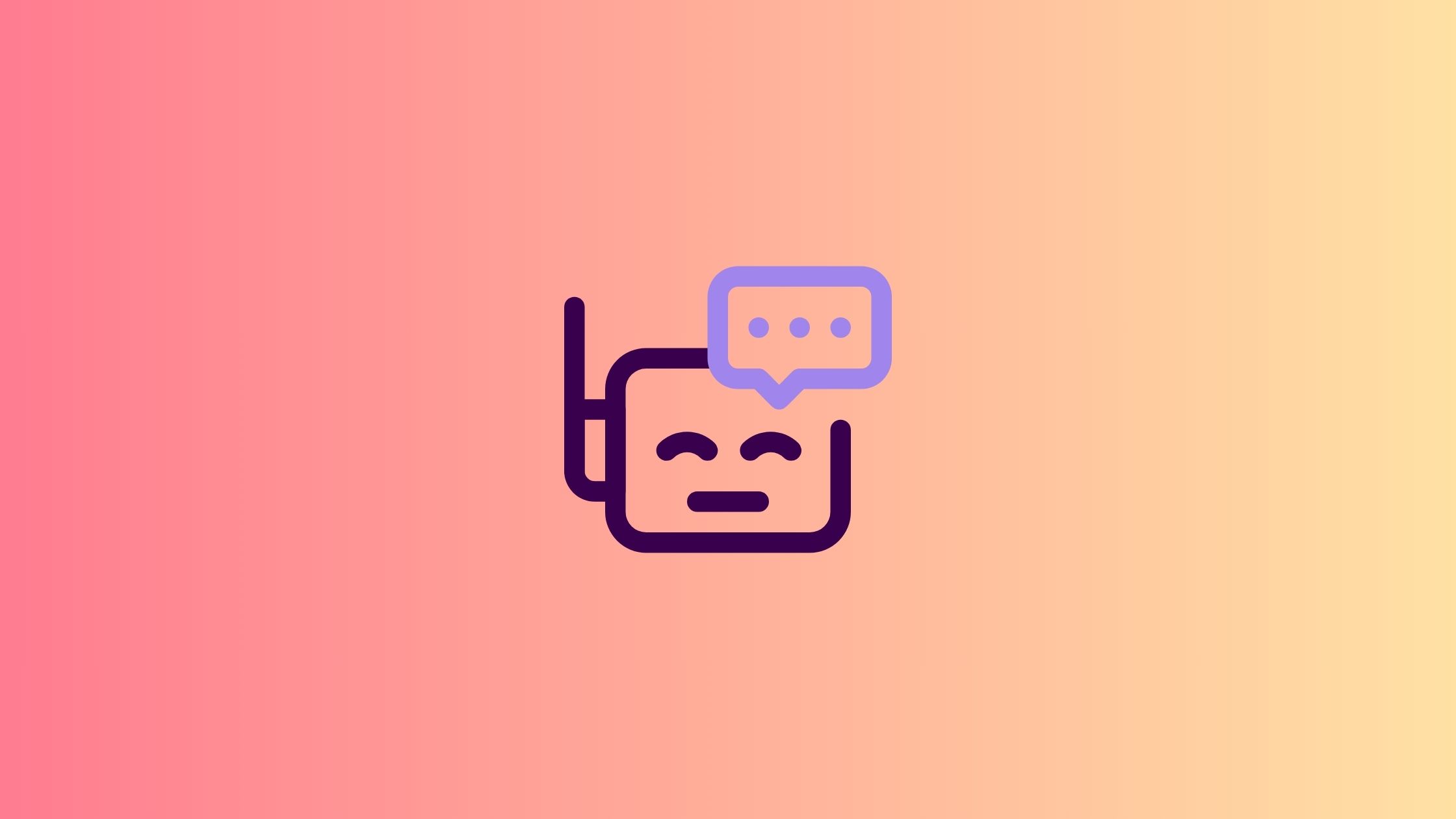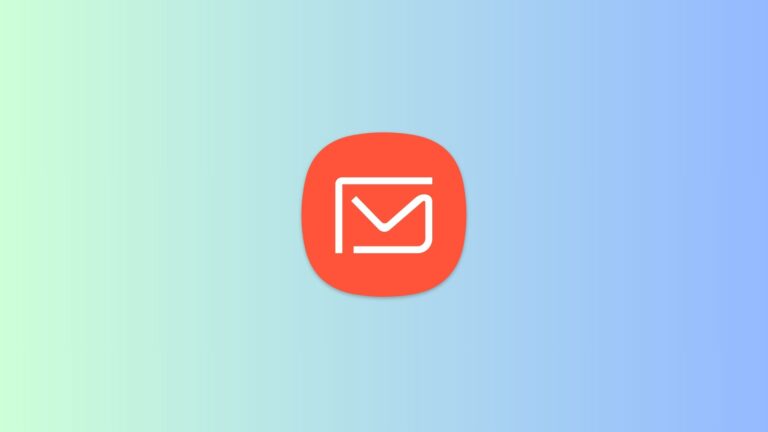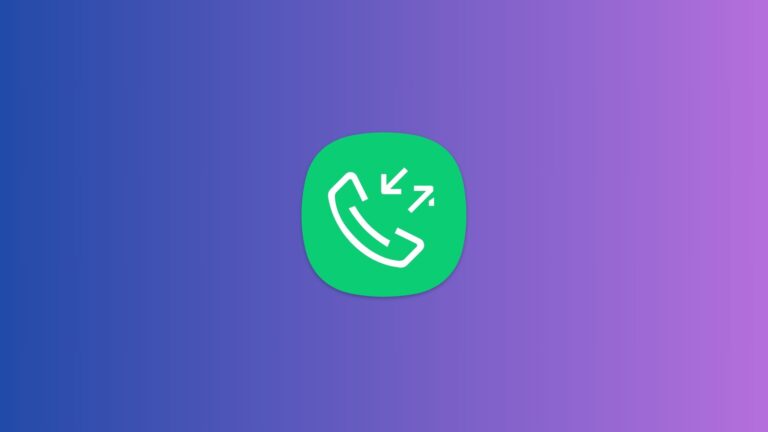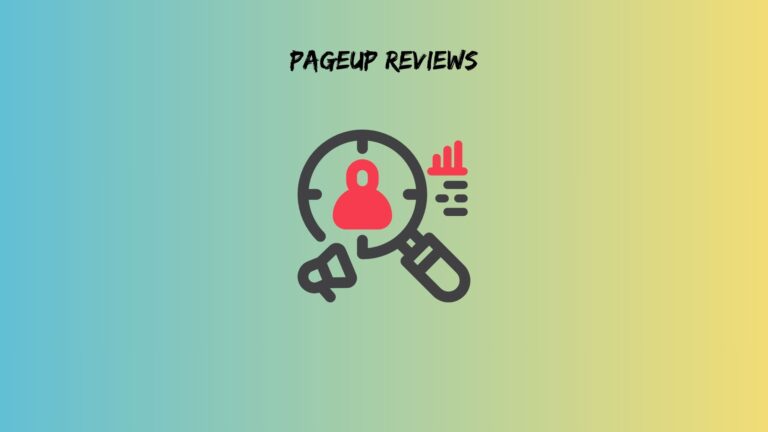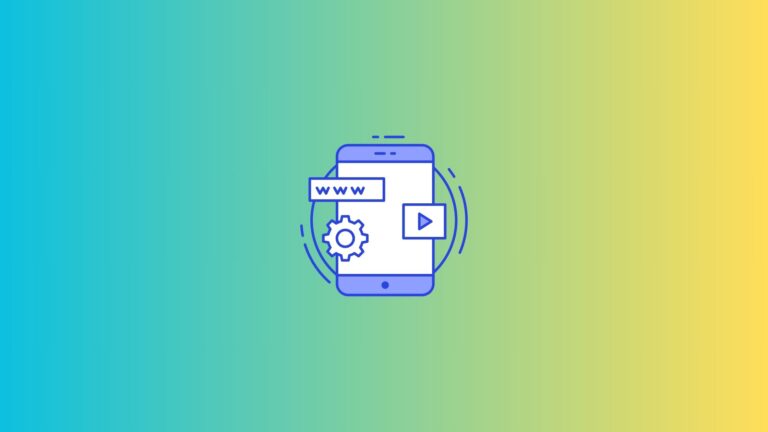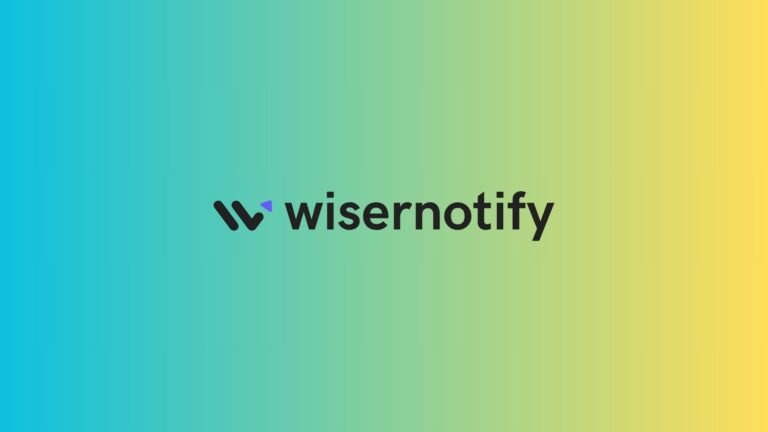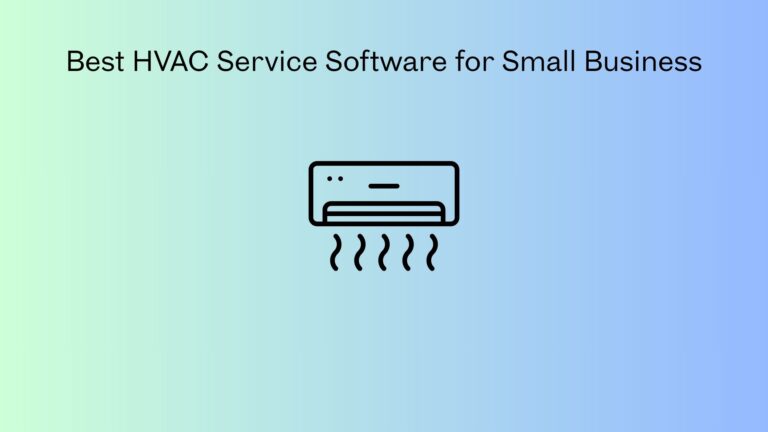Top Chatbot Software in 2025: 10 Tools Transforming Customer Support
Customer support is no longer about waiting on hold for 45 minutes while listening to elevator music. The landscape has shifted dramatically, and chatbot software companies are leading this revolution.
Here’s the reality: 73% of customers expect immediate responses to their queries. Traditional support teams simply can’t keep up with this demand. Meanwhile, businesses using top chatbot software report 67% faster resolution times and 40% lower support costs.
The chatbot platform software market has evolved beyond simple “press 1 for billing” responses. Today’s solutions use advanced AI to understand context, maintain conversations across channels, and even predict what customers need before they ask.
This comprehensive guide examines 10 top chatbots tools that are genuinely transforming how businesses handle customer interactions. We’ll explore what makes each platform unique, who benefits most from its features, and how to choose the right solution for your specific needs.
What Separates Leading Chatbot Software in 2025
Modern chatbot platforms have moved far beyond basic keyword matching. The best solutions now combine natural language processing with deep learning algorithms that understand customer intent.
Integration capabilities have become crucial differentiators. Top-tier platforms seamlessly connect with existing CRM systems, help desk software, and marketing automation tools. This creates a unified customer experience rather than fragmented interactions across different touchpoints.
Analytics and reporting features have also advanced significantly. Instead of just tracking message volumes, today’s chatbot software provides insights into customer satisfaction, conversation quality, and business impact metrics.
The 10 Best Chatbot Platform Software Solutions
1. Birdeye: The Reputation-Focused Communicator
Birdeye stands out by combining chatbot functionality with reputation management tools. This unique approach makes it particularly valuable for businesses with multiple locations.
The platform automatically generates responses to customer reviews while simultaneously managing live chat interactions. This dual functionality helps maintain consistent brand messaging across all customer touchpoints.
Local businesses benefit most from Birdeye’s location-specific features. The system can route conversations based on geographic data and integrate with Google My Business listings for streamlined local SEO benefits.
Pricing reflects its enterprise focus, but the ROI comes from improved online reputation scores and reduced manual review management time.
2. Freshchat: The Ecosystem Integration Champion
Freshchat leverages its position within the broader Freshworks ecosystem to deliver seamless customer experience management. Unlike standalone solutions, it shares data across sales, marketing, and support functions automatically.
The platform excels at proactive messaging campaigns that engage customers based on behavioral triggers. For example, it can automatically start conversations with users who spend more than two minutes on a pricing page.
SaaS companies find particular value in Freshchat’s ability to track customer journey stages and provide contextual support based on subscription status or feature usage patterns.
The scalable per-agent pricing model grows with your team, making it suitable for rapidly expanding businesses.
3. Tidio: The E-commerce Conversion Specialist
Tidio focuses specifically on turning website visitors into customers through strategic conversation design. Its strength lies in understanding e-commerce customer behavior patterns.
The platform includes specialized templates for cart abandonment recovery, product recommendations, and order status inquiries. These pre-built workflows can be customized, but work effectively out of the box.
Online retailers appreciate Tidio’s visual chatbot builder, which allows non-technical team members to create sophisticated conversation flows. The drag-and-drop interface makes it easy to test different approaches and optimize conversion rates.
The generous free tier makes it accessible for small online stores, while paid plans offer advanced segmentation and integration features.
4. Podium: The Text-First Innovator
Podium takes a different approach by treating text messaging as the primary communication channel rather than an afterthought. This strategy resonates particularly well with local service businesses.
The unified inbox consolidates messages from website chat, Google Business Messages, Facebook Messenger, and SMS into a single interface. This eliminates the need for staff to monitor multiple platforms throughout the day.
Local service providers benefit from Podium’s payment collection features, which allow customers to pay invoices directly through chat conversations. This reduces friction in the payment process and improves cash flow.
Integration with Google My Business ensures that customer conversations initiated through local search results flow seamlessly into the main communication system.
5. Drift: The Revenue Acceleration Platform
Drift pioneered the concept of conversational marketing and continues to lead in connecting chatbot interactions directly to revenue generation. The platform focuses on qualifying leads and accelerating sales cycles.
Account-based marketing features allow the system to customize conversations based on company size, industry, and previous interactions. This personalization significantly improves conversion rates for B2B organizations.
Sales teams particularly value Drift’s ability to schedule meetings, qualify prospects, and route conversations to the most appropriate team members based on conversation content and customer profile data.
The premium pricing reflects its focus on driving measurable revenue impact rather than simply reducing support costs.
6. Wati: The WhatsApp Business Specialist
Wati specializes exclusively in WhatsApp Business API management, recognizing that many global markets prefer WhatsApp over traditional website chat or email support.
The platform enables multiple agents to manage WhatsApp conversations from a centralized dashboard while maintaining the personal feel that WhatsApp users expect.
Broadcast messaging capabilities allow businesses to send personalized updates, promotions, and notifications to segmented customer groups without appearing spammy.
Global businesses operating in markets where WhatsApp dominates find Wati’s focused approach more effective than general-purpose chatbot platforms trying to support WhatsApp as a secondary feature.
7. SendPulse: The Multi-Channel Marketing Hub
SendPulse approaches chatbots as part of a broader marketing automation strategy rather than a standalone customer service tool. This perspective creates unique opportunities for businesses looking to integrate conversational marketing with email and SMS campaigns.
The platform allows for sophisticated cross-channel campaigns where chatbot conversations can trigger email sequences, SMS follow-ups, or social media retargeting campaigns.
Digital marketing agencies benefit from SendPulse’s ability to manage multiple client accounts while maintaining separate branding and conversation flows for each business.
Channel-agnostic pricing means you pay based on overall contact volume rather than per-channel usage, which can be more cost-effective for businesses using multiple communication methods.
8. Kapture CX: The Enterprise Powerhouse
Kapture CX targets large organizations with complex customer service requirements and extensive agent teams. The platform includes workforce management features typically found in dedicated call center software.
AI-powered agent assistance provides real-time suggestions to human agents during conversations, improving response quality and reducing training time for new team members.
Large enterprises benefit from Kapture’s ability to integrate with legacy systems and maintain compliance with industry-specific regulations. The platform supports custom workflows that match existing business processes.
Enterprise-level pricing reflects the platform’s comprehensive feature set and dedicated support resources.
9. HelpCrunch: The Knowledge-Driven Support System
HelpCrunch excels at combining self-service resources with live conversation options. The platform can suggest relevant help articles during conversations and seamlessly transition between automated and human assistance.
SaaS companies with extensive documentation find particular value in HelpCrunch’s ability to surface relevant help content based on conversation context. This reduces repetitive support requests while ensuring customers get comprehensive answers.
The contextual help article suggestion system learns from successful resolutions and improves recommendations over time.
All-in-one support pricing includes help desk ticketing, live chat, and knowledge base functionality in a single subscription.
10. Botpress: The Developer’s Dream Platform
Botpress offers unprecedented customization capabilities through its open-source foundation. Technical teams can modify core functionality and integrate with virtually any existing system or database.
The API-first architecture makes it possible to create highly specialized chatbot experiences that integrate deeply with existing business processes and data sources.
Tech companies with significant development resources can build competitive advantages by creating unique conversational experiences that wouldn’t be possible with closed-source platforms.
Open-source pricing provides access to core functionality without ongoing license fees, though enterprise support and hosting services are available for organizations preferring managed solutions.
Also read: Live Chat Service Software
How to Choose the Right Chatbot Software for Your Business
Selecting the ideal chatbot platform requires careful consideration of your specific business context rather than simply choosing the most feature-rich option.
Business size and industry significantly impact which features matter most. Small e-commerce stores need different capabilities than large enterprise service departments. Similarly, B2B software companies have different conversation patterns than local service providers.
Technical requirements vary dramatically between organizations. Some businesses need deep CRM integration and custom workflows, while others prioritize ease of use and quick implementation. Consider your team’s technical expertise and available development resources.
Channel preferences reflect your customers’ communication habits. Businesses serving primarily millennial and Gen Z customers might prioritize social media integration, while those serving older demographics might focus on email and phone integration capabilities.
Budget considerations should include the total cost of ownership rather than just monthly subscription fees. Factor in implementation time, training requirements, and ongoing maintenance when comparing options.
The Future of Conversational AI: What’s Coming Next
Large language models like GPT-4 are beginning to appear in chatbot platforms, enabling more natural and contextually aware conversations. This technology will make it increasingly difficult for customers to distinguish between human and AI responses.
Voice integration capabilities are expanding rapidly as speech recognition technology improves. Expect to see more platforms offering seamless transitions between text and voice conversations.
Predictive customer service uses conversation history and behavioral data to anticipate customer needs before they make contact. This proactive approach can resolve issues before customers even realize they exist.
Industry-specific AI training allows chatbots to understand specialized terminology and common scenarios within specific sectors. Healthcare, legal, and financial services platforms are leading this specialization trend.
Privacy-focused conversation handling addresses growing consumer concerns about data security while maintaining personalization capabilities.
Making the Right Choice for Your Customer Support Strategy
The chatbot software landscape offers solutions for virtually every business type and size. However, success depends more on choosing the right fit for your specific situation than selecting the most popular or feature-rich platform.
Consider starting with a focused approach rather than trying to implement every available feature immediately. Most businesses see better results by excelling in a few key areas than by attempting comprehensive coverage from day one.
Implementation success relies heavily on proper planning and realistic expectations. The best chatbot platform software won’t transform your customer service overnight, but it can provide a strong foundation for continuous improvement.
Measure success based on business impact rather than just technical metrics. While response times and conversation volumes are important, focus on outcomes such as customer satisfaction, support cost reduction, and revenue generation.
The top chatbot software of 2025 represents a significant evolution from earlier automated response systems. These platforms combine sophisticated AI capabilities with practical business applications that deliver measurable results. Choose wisely, implement thoughtfully, and prepare to transform your customer support experience.
Also read: Best Help Desk Software Tools
Frequently Asked Questions
What’s the average ROI timeline for chatbot software implementation?
Most businesses see initial cost savings within 30-60 days of implementation, primarily through reduced simple inquiry handling time. However, significant ROI typically emerges after 3-6 months once conversation flows are optimized and integration workflows are refined. The key is to start with clear metrics and gradually expand functionality, rather than expecting immediate transformation.
How do modern chatbots handle complex customer issues that require human empathy?
Today’s top chatbot platforms excel at recognizing when conversations require human intervention. They use sentiment analysis and keyword detection to identify frustrated customers, complex technical issues, or emotionally sensitive situations. The handoff process preserves conversation context so human agents can continue seamlessly without asking customers to repeat information. This combination approach improves customer satisfaction compared to human-only support.
Can small businesses compete with enterprise-level chatbot implementations?
Absolutely. Many chatbot software companies now offer tiered pricing and functionality that makes advanced features accessible to smaller organizations. The key advantage for small businesses is agility – they can implement and optimize chatbot strategies faster than large enterprises. Focus on solving specific customer pain points rather than trying to match enterprise feature sets, and you’ll often achieve better results with simpler implementations.

